



Shanghai Power over Ethernet Chip New Technology Recommendation
With the continuous development of network devices and Internet of Things (IoT) technologies, Power over Ethernet (PoE) has become an increasingly important solution. PoE technology enables network devices to transmit both data and power over the same Ethernet cable, simplifying device installation, reducing cabling complexity, and enhancing overall system reliability. As a hub of technological innovation in China, Shanghai has made significant breakthroughs in the development and application of PoE chips, with many leading companies launching innovative PoE chip solutions. This article will introduce some of the latest PoE chip technologies in Shanghai and recommend several competitive solutions in the market.
1. The Basics and Development of PoE Technology
PoE technology transmits both power and data over Ethernet cables, widely used in network cameras, wireless access points (APs), IP phones, and other network devices requiring power. The standard PoE technology (IEEE 802.3af) can transmit up to 15.4 watts of power over Cat5e and higher Ethernet cables, while the higher standard IEEE 802.3at (also called PoE+) provides up to 25.5 watts of power. In recent years, as the power requirements of devices have increased, the IEEE 802.3bt standard (also called PoE++) has emerged, offering up to 60 watts and 100 watts of power, providing support for high-power devices such as video surveillance systems and high-power wireless access points.
2. Technological Innovations of PoE Chips in Shanghai
Shanghai's tech companies have made significant contributions to PoE technology innovation, especially in power management, compatibility, and multifunctional integration. Here are several representative new technologies:
- Integrated Design: Shanghai's PoE chips adopt highly integrated designs, reducing the number of components, making systems more compact and energy-efficient. This design reduces the PCB footprint, improves power conversion efficiency, and lowers costs. The increased integration also leads to greater reliability by reducing failure points caused by multiple separate components.
- High-Efficiency Power Management: With the growing power requirements of devices, the next-generation PoE chips in Shanghai have optimized power management. Companies have made significant progress in adopting more efficient voltage conversion technologies, improving PWM modulation strategies, and reducing energy losses. This technological improvement ensures that PoE devices can maintain high efficiency even over long-distance transmission, minimizing power losses.
- Smart Power Distribution: To meet more complex application scenarios, PoE chips in Shanghai have achieved intelligent power distribution. By integrating current and voltage monitoring functions, the chips can intelligently adjust the power supply based on the actual needs of devices, ensuring that devices receive the most appropriate power. At the same time, they effectively prevent overload and overvoltage issues, protecting connected devices' safety.
- Support for High-Power Applications (PoE++): As the demand for high-power device support increases, PoE chips in Shanghai have made significant advancements in the PoE++ (IEEE 802.3bt) standard. Next-generation PoE++ chips can provide up to 100 watts of power, meeting the power requirements of high-power devices such as high-definition surveillance cameras, LED lighting, and high-performance wireless access points.
3. Recommended PoE Chips from Shanghai
Here are several PoE power chips launched by local Shanghai manufacturers, which perform excellently in the market and offer innovative technical advantages and broad application prospects:
- Realtek RTL8211 Series: Realtek’s RTL8211 series PoE chips feature efficient power transmission and low power consumption, suitable for various network devices. The high integration design simplifies the system and offers excellent compatibility. The series supports IEEE 802.3af/at standards and is widely used in video surveillance, wireless APs, and other devices.
- GigaDevice GD32E Series: GigaDevice's GD32E series PoE chips come with an efficient power management system and support IEEE 802.3bt PoE++ standard, providing higher power output to meet high-power application requirements. The series also supports various smart power regulation functions, making it suitable for smart buildings, smart lighting, and other high-power scenarios.
- Silergy SY89513 Series: Silergy’s SY89513 series PoE chips adopt efficient DC-DC conversion technology, offering significant advantages in power conversion efficiency and heat dissipation. This chip supports PoE++ (IEEE 802.3bt) standard and provides stable power for high-power devices while supporting intelligent current control to prevent overloads and short circuits.
- Institute of Microelectronics, Chinese Academy of Sciences: The Institute of Microelectronics has launched PoE power chips that feature automatic current and voltage regulation and intelligent recognition. These chips support bidirectional power transmission, allowing power to flow both from the device to the switch and vice versa, optimizing power management and maintaining stable performance in complex environments.
4. Application Scenarios for PoE Chips in Shanghai
PoE chips from Shanghai are widely used in various network devices, particularly in applications that require high bandwidth and stable power support. Below are some typical application scenarios:
- Intelligent Security Systems: As smart video surveillance becomes more popular, PoE technology is widely used in cameras, Network Video Recorders (NVRs), and surveillance servers. PoE chips from Shanghai provide stable and reliable power for these devices, simplifying installation and cabling while improving system reliability.
- Smart Buildings and IoT: In smart buildings, PoE technology is used to support building automation devices such as smart lighting, access control systems, and wireless APs. PoE chips from Shanghai can provide higher power output to meet the power needs of multiple devices, enabling smarter and more efficient building management.
- Wireless Network Devices: PoE technology enables wireless access points (APs) to transmit both data and power over a single Ethernet cable. PoE chips from Shanghai support high power and bandwidth requirements, making them suitable for enterprise-level wireless networks, home gateways, and enterprise routers.
5. Conclusion
Shanghai’s technological innovations in PoE chips, especially in power management, smart power distribution, and high-power support, have greatly advanced the application of PoE technology. As the demand for efficient, stable, and intelligent power solutions increases, PoE chips from Shanghai are playing an increasingly important role in network devices and IoT applications. In the future, with ongoing technological advancements, Shanghai’s PoE chips will continue to lead the industry, promoting the development of intelligent and environmentally friendly network device infrastructure.

Please contact us if the source is mislabeled or violates your legal rights.
We will promptly correct and delete, thank you.
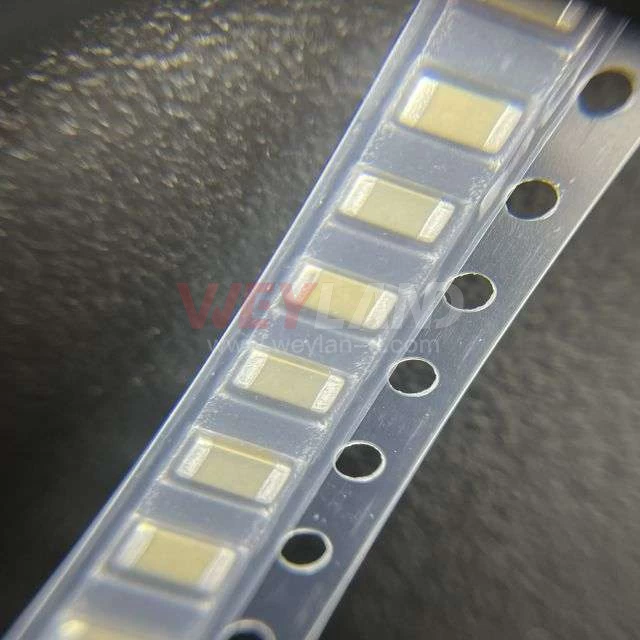
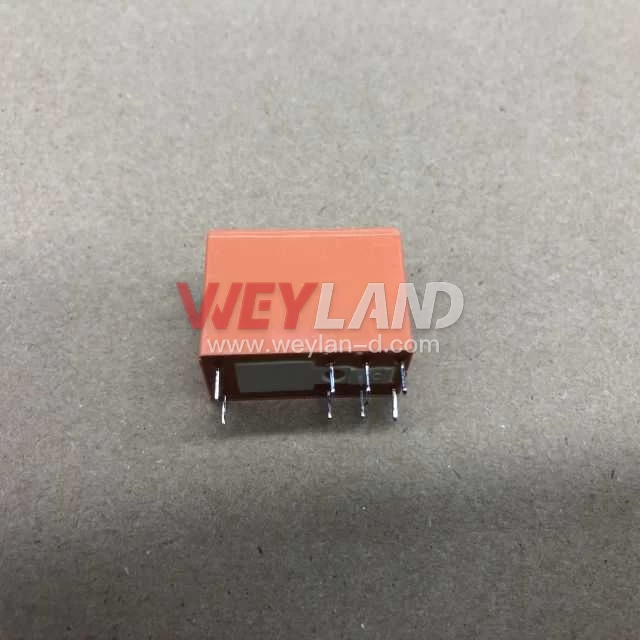

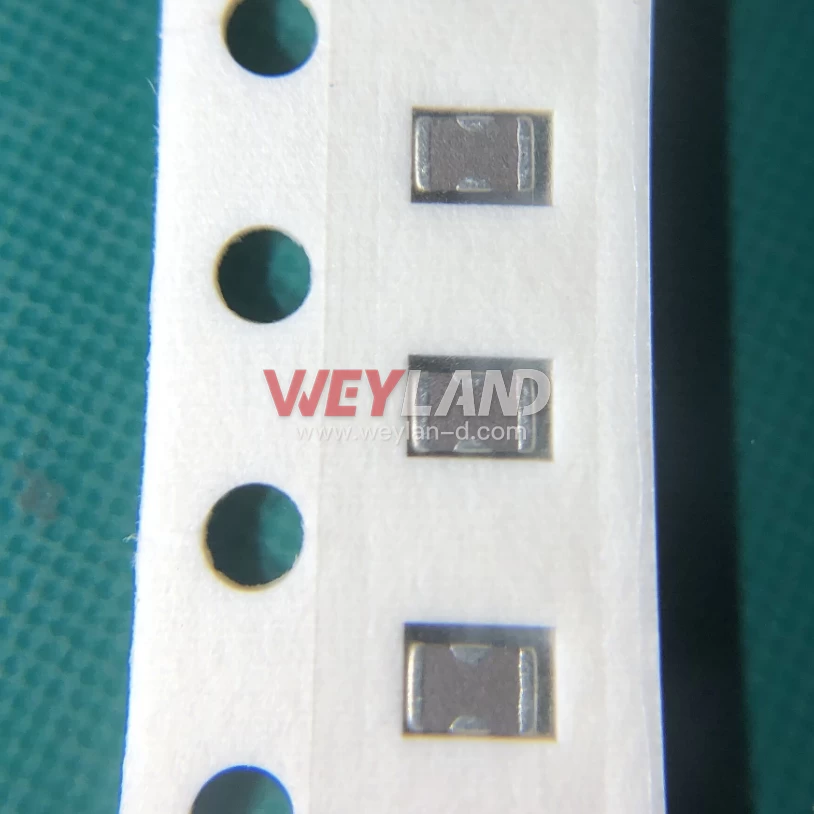
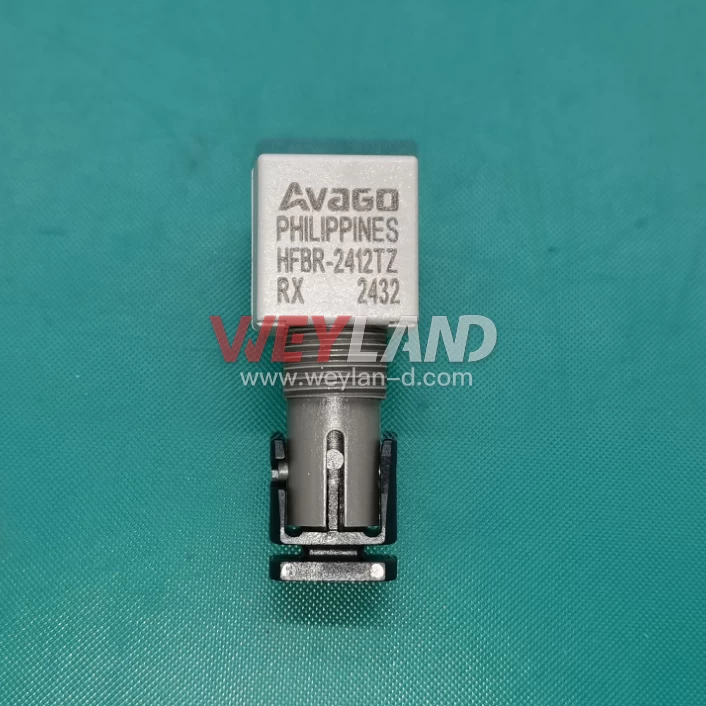
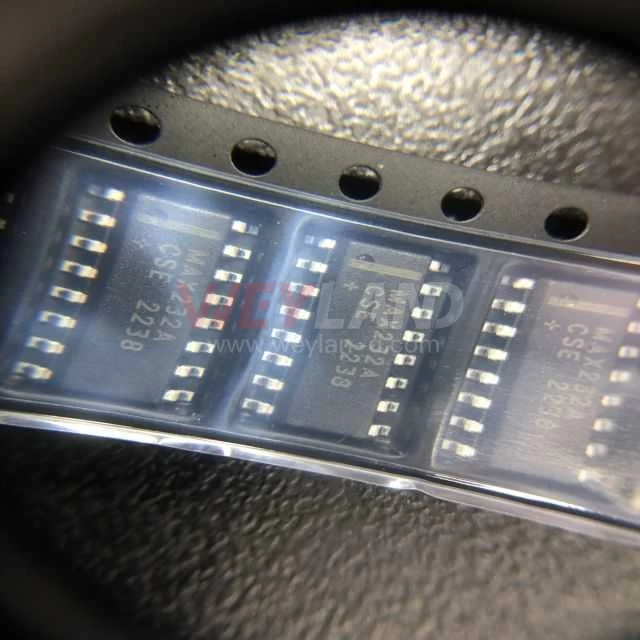

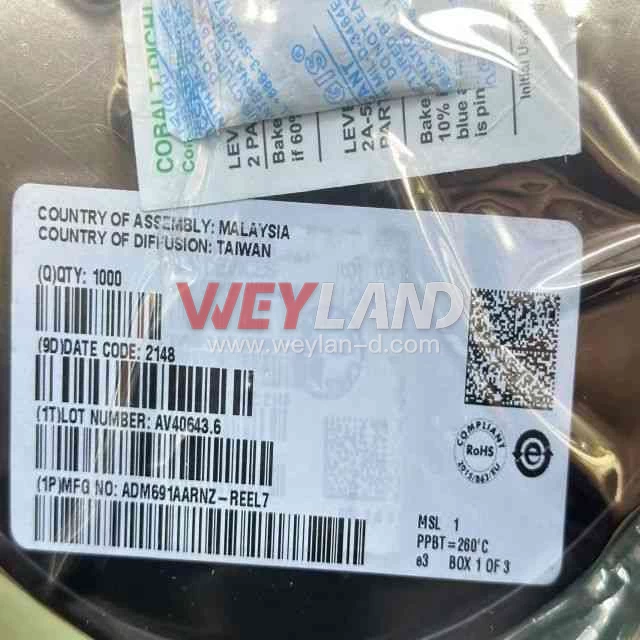
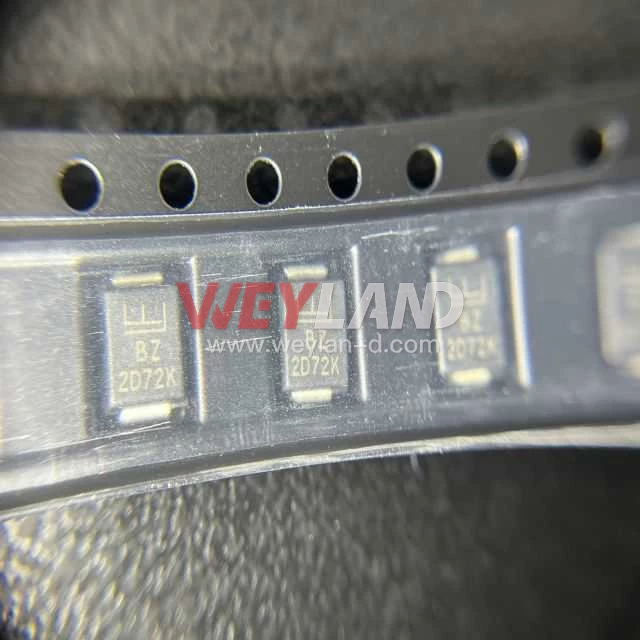
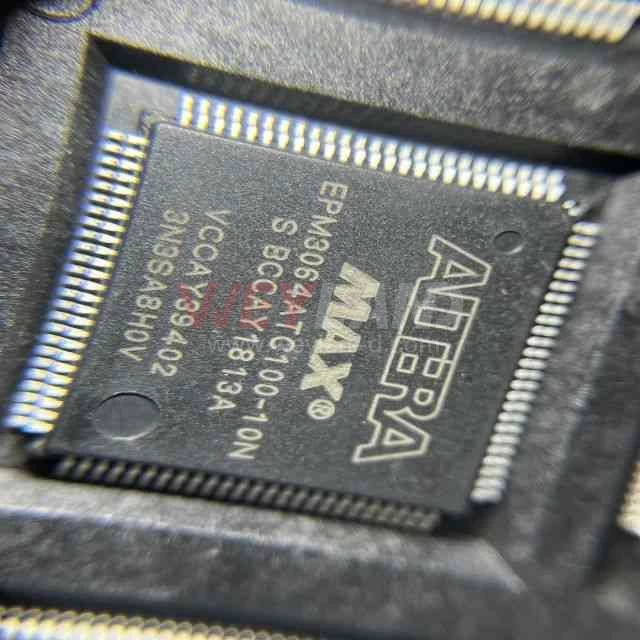
.9246509.png)












[email protected]
7500A BEACH ROAD #04-307 THE PLAZA SINGAPORE (199591)
RM 705.7/F.FA YUEN COMM BLDGNO.75-77.FA YUEN STREET.MONGKOK.KLN.HONG KONG
